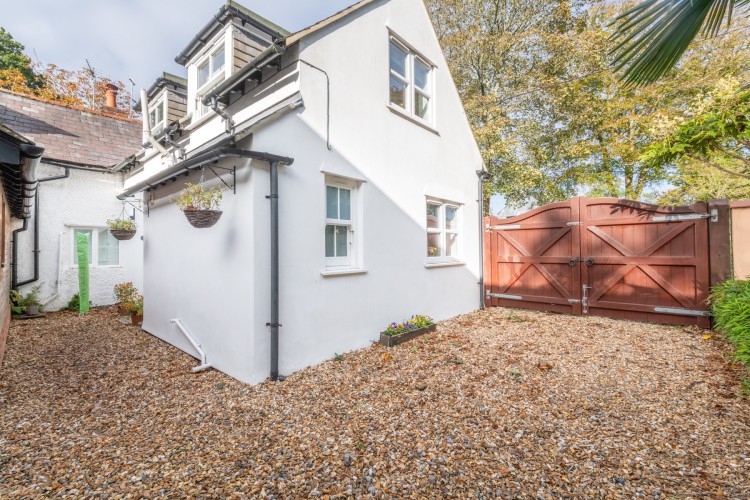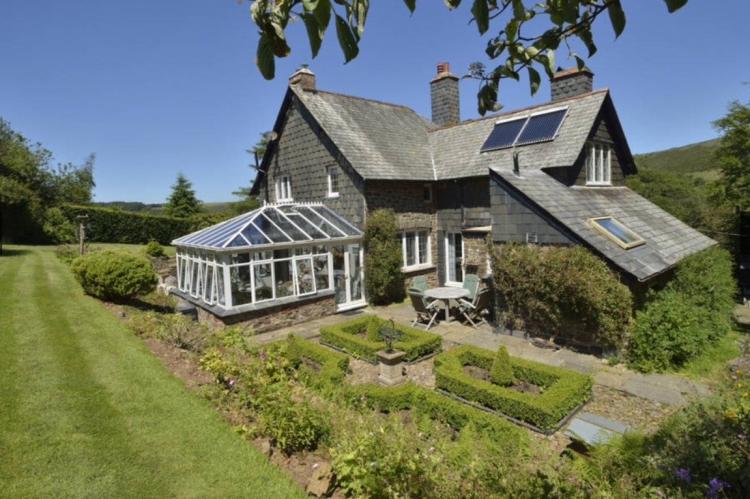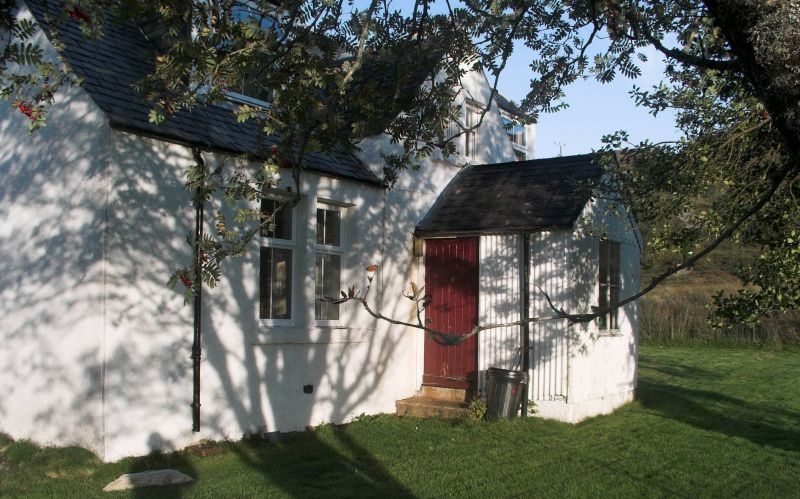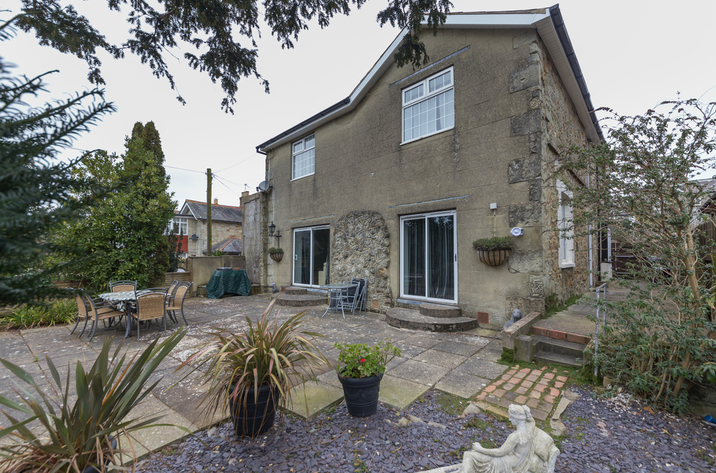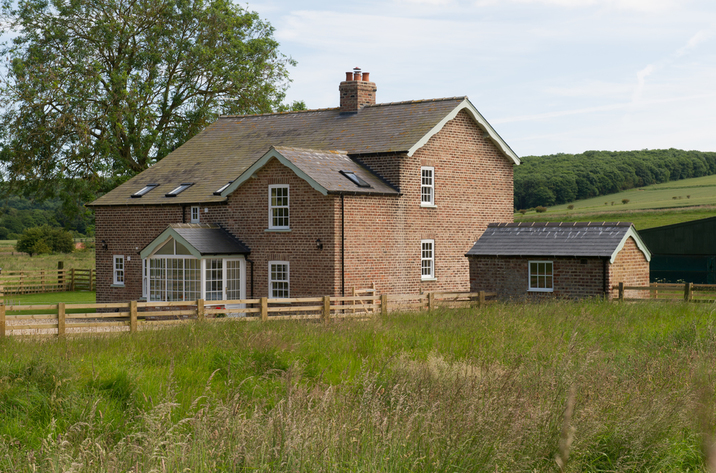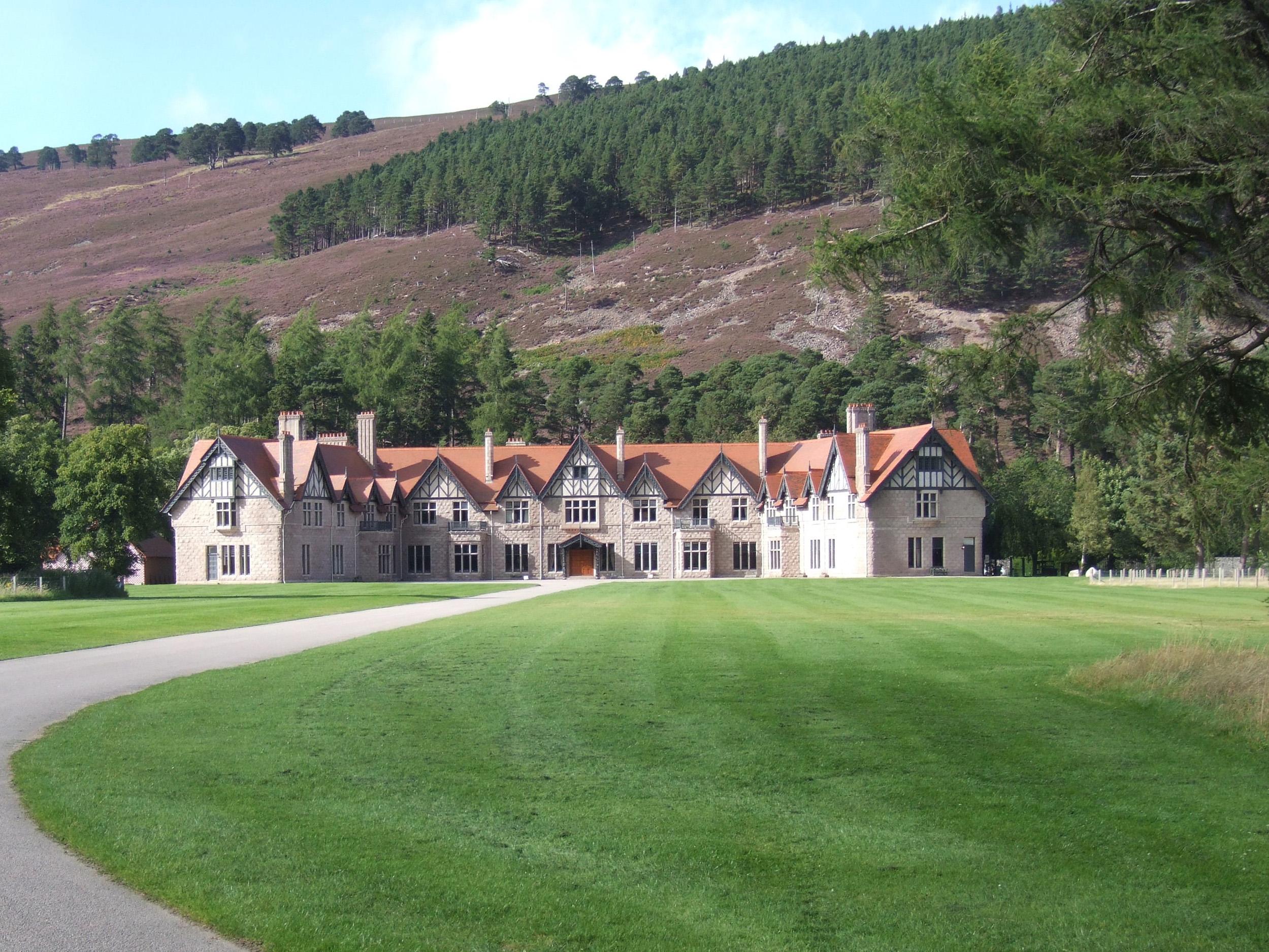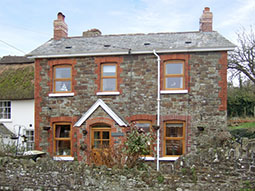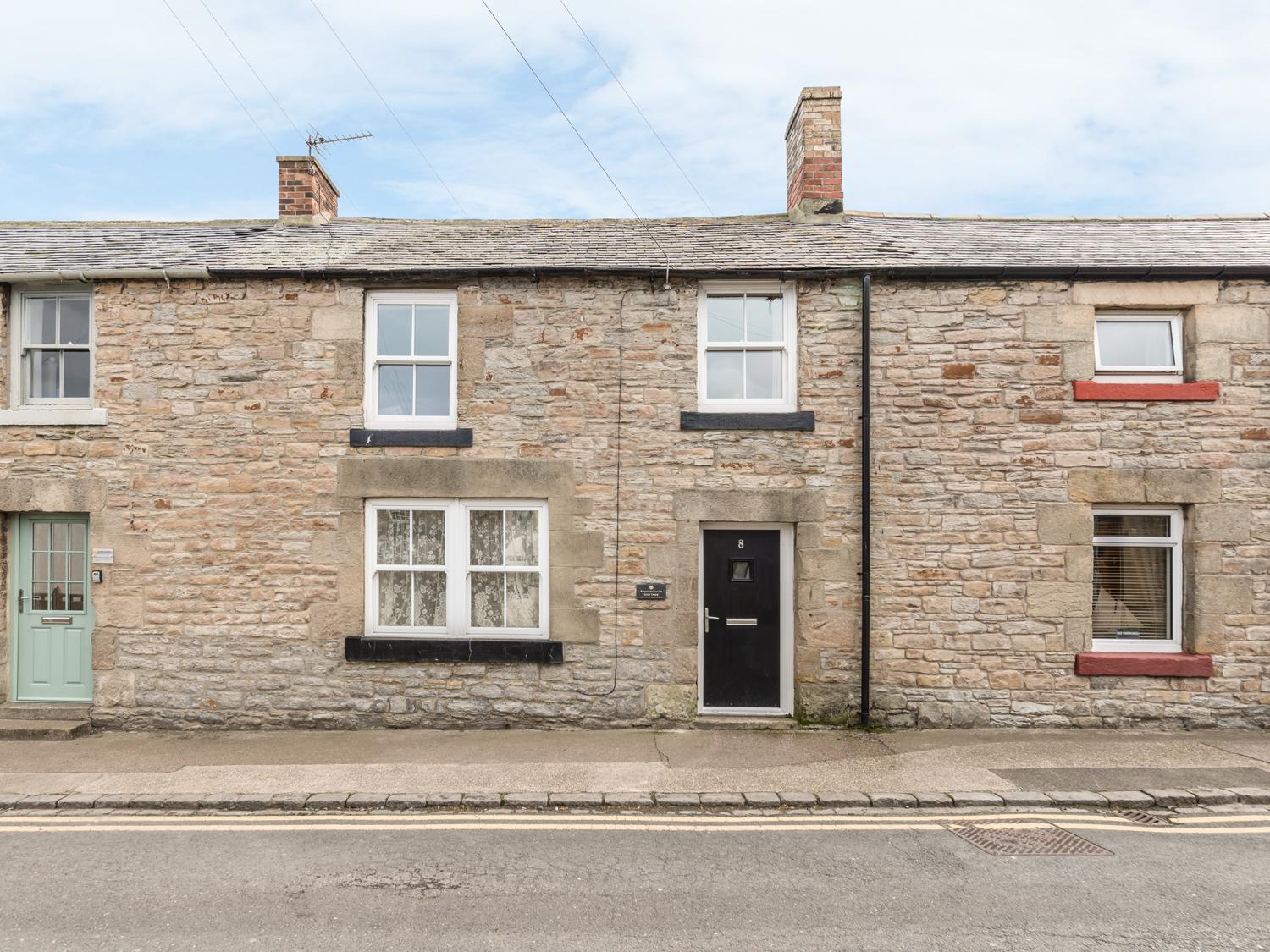Find A Cottage
Step One
Step Two
Holiday Cottages in the East of England
The beautiful countryside of the east of England encompasses the six counties of Bedfordshire, Hertfordshire, Essex, Cambridgeshire, Norfolk and Suffolk. The region covers over seven thousand square miles of gentle landscapes including the Fens, chalk downs, heathland, forests and ancient woods and 250 miles of coastline from The Wash to the river Thames.
An idyllic place to take a self catering break in a beautiful holiday cottage, East Anglia offers a wealth of places to visit and activities to enjoy. If you would like to visit a castle or cathedral, explore roman remains or manor houses and see windmills or thatched cottages, timber-framed buildings or antique shops, the six counties making up this part of England all have something to offer.
If music be the food of love, play on ...
The famous composer Sir Benjamin Britten comes from East Anglia and lived in the lovely fishing town on Aldeburgh in Suffolk where you will find, on the beach, a sculpture by Maggi Hambling called The Scallop dedicated to Benjamin Britten. The edge of the shell is pierced with the words "I hear those voices that will not be drowned" from Britten's Peter Grimes. Every year the Aldeburgh Festival, founded by Benjamin Britten, takes place at the nearby Snape Maltings.
For festival fans, the Latitude Festival has become a regular fixture at Southwold each year. This is a very popular international music festival for families, giving the east of England its own Glastonbury for summer visitors with the added benefit of comedy and poetry performances. Knebworth Park has also been hosting music concerts in Hertfordshire for over 35 years and is now known as the 'stately home of rock'.
The rich literary tradition of East Anglia continues today with the Cambridge Shakespeare Festival and the area has been an inspiration for many writers through the years including Charles Dickens, who opened his novel David Copperfield with Peggoty's house on the beach somewhere near Great Yarmouth, and�No Name by Wilkie Collins which was set in Suffolk. Contemporary writers, such as PD James, Ruth Rendell and Dick Francis, have also set many of their novels in the area.�
The coast and countryside of the east of England has long been an inspiration to artists. Both Thomas Gainsborough and John Constable lived and painted in Suffolk. Many of Gainsborough's landscapes drew their inspiration from the Suffolk countryside and he eventually became one of the eighteenth century's most famous portrait painters. Constable is known principally for his paintings of landscapes and Dedham Vale, the area surrounding his home, is now known through the world as 'Constable Country'. If you are self catering in Suffolk you can visit Sudbury, Dedham, Lavenham and the Stour Valley which inspired these two great artists.
Something in the Air
If you are interested in aviation then you will be spoiled for choice in the east of England. The region has an aviation history dating right back to the First World War when the area was a base for many military aerodromes. The de Havilland Aircraft Heritage centre is at London Colney in Hertfordshire - the centre is open to visitors and houses many famous de Havilland aircraft. De Havilland were responsible for the development of many famous planes including the Tiger Moth, Mosquito, Vampire, Trident and the world's first commercial jet airliner, the Comet.
Also worth a visit is the Shuttleworth Collection in Bedfordshire, where some of the most notable aircraft in the collection are five Edwardian aeroplanes, of which one is the oldest British aeroplane still in flying condition. The Lowestoft Seafront Air Festival is an annual event on the coast for all the family where you can enjoy watching a wide variety of aircraft, old a new, being put through their paces; highly recommended if your are staying in a holiday cottage in the summer.
Cardington near Bedford was the site selected by Shorts Bothers Engineering in 1916 to build a huge hanger to develop and house huge airships in response to the Zeppelin raiders. The first ship to come out of the Cardington airship facility, in 1918, was the R31 and later on the infamous R101 which crashed just north of Paris on its maiden overseas voyage, killing more than forty crew and passengers. This signalled the end of British attempts to create lighter than air aircraft and all future projects were mothballed as a result.
The two vast Cardington sheds are still there for everyone to see and they dominate the surrounding landscape. The length of each hanger is 812 feet, with a width of 180 feet and they are 157 feet in height. The North hanger has been used as an imposing sound stage for films. Many of the outdoor Batman Begins Gotham City scenes were filmed inside the hanger, as were scenes from several other recent films including James Bond, Harry Potter and Charlie & the Chocolate Factory.
Cakes & Ale
If you are staying in a holiday cottage in the East of England, it is tempting to eat and drink your way around the area sampling the regional delicacies and beverages as you go. Essex and Suffolk produce traditionally cured hams and smoked meats and Bedfordshire produces venison whilst the wild duck from the Fens is highly recommended.
Shellfish and fish fresh from the coast - whiting, dover sole and herring - are brought in daily by the beach fishermen off the Suffolk coast or from the fishing ports of Lowestoft and Kings Lynn. Colchester and Orford are well known for oysters, Southwold for lobsters, Cromer for crabs and Leigh-on-sea for its cockles.
CAMRA, the Campaign for Real Ale, has its headquarters in St Albans, Hertfordshire and promotes top quality locally brewed ales. In the east of England you can tour and taste at some of the leading breweries in the region such as Adnams in Southwold, Greene King in Bury St Edmunds (Abbot Ale, Greene King IPA, Old Speckled Hen and Ruddles County), Elgoods in Wisbech. St Peter's in Bungay and Woodforde's in Woodbastwick.
Tiptree has been the home of the famous jams and conserves made by the Wilkin family since 1885. They own almost one thousand acres of farmland around the village of Tiptree in Essex including orchards, loganberry plantations and strawberry fields plus medlars, quinces, mulberries and plums. If you are in the area you could plan a visit to the Tiptree tea room and visitor centre which are located in the jam factory grounds. The jam museum is a great place to trace the history of the famous preserves and find out more about jam making, the jam shop carries the full range of Tiptree products and the tea room serves a range of food including Strawberry Conserve with home made scones and fresh cream.
Backs and Broads
The low lying open countryside of this part of the country is criss-crossed by waterways including the Fens, the marshy flatlands north of Cambridge with rivers and streams which wander gently through the picturesque market towns of the area. The Backs is an area of Cambridge where several colleges of University of Cambridge back on to the river Cam. As their grounds cover both side of the river the name the Backs is a reference to the backs of the colleges.
The Cambridge Backs are a favourite area for punting. A punt is a flat bottomed boat with a square cut bow designed for use in shallow water unsuitable for rowing conventional boats. Punts are propelled by a punter who uses a long pole to push against the river bed to move the punt along. Punts were introduced to Cambridge by the Edwardians as pleasure craft although their origin lies with traditional local trades in the Fens such as reed cutting and eel fishing.
Taking a cottage holiday in Norfolk allows you to explore the Norfolk & Suffolk Broads which is an extensive network of navigable rivers and lakes. This fascinating area of inland waterways offers 125 miles of boating on lock-free tidal waters. Since the end of the 19th century the area has been enjoyed for sailing and it is now also popular for canoeing, fishing, walking, motor boat cruising, bird watching and cycling and is one of England's newest national parks.
Horsing around in the East of England
The horseracing capital of the world is Newmarket which is home to the National Horseracing Museum, National Stud, British Racing School, Jockey Club Rooms and Tattersalls Bloodstock Sales plus many of the world's leading racehorse training yards and stud farms and thousands of acres of beautiful training gallops.
The National Stud is the showcase for British Thoroughbred breeding. Visitors can enjoy a guided tour of the stud which comprises over 500 acres of prime pasture. Each tour takes in the superb Stallion Unit, with a chance to see the stallions in residence, plus the foaling unit and nursery yards. What you will see depends on the time of year - you may see mares and foals in their paddocks and younger visitors will enjoy visiting the resident miniature Shetland ponies.
The National Horseracing Museum explains the history of horseracing and the story of the people and horses involved in racing from its Royal origins to modern-day heroes such as Lester Piggott and Frankie Dettori. Plus you can ride a racehorse simulator and find out if you are fit enough to be a winning jockey and pose in front of the winner's blanket!
With thanks to VisitEastofEngland for telling us about places of interest and visitor information for the East of England. Their website contains plenty of information on places to stay, events and things to do if you are self catering or staying in a holiday cottage in the region.
If you would like to know more about future Regional Features, which are listed on our Cottage Holiday Advice page, then please contact us. We'd like to hear about interesting or intriguing places that people who are self-catering or staying in a holiday cottage in the UK, might like to visit.
Featured Cottages
IMPORTANT DISCLAIMER - PLEASE READ - All reviews are posted by third parties. As such they do not represent the views of My Cottage Holiday Limited nor should they be taken as a recommendation by My Cottage Holiday Limited of any property. ALL reviews are the opinions of other users and may not be accurate. They do not represent the views of MyCottageHoliday or its employees. We accept no responsibility for the accuracy of the information provided on the site. The reviews and property descriptions are provided by members of the public to help you choose a holiday cottage but you should personally check ALL details with the property owner or their agent before making a booking.
My Cottage Holiday Ltd, Home Farm Cottage, Knowle, Braunton, Devon, EX33 2LY, Company No. 09974415,

